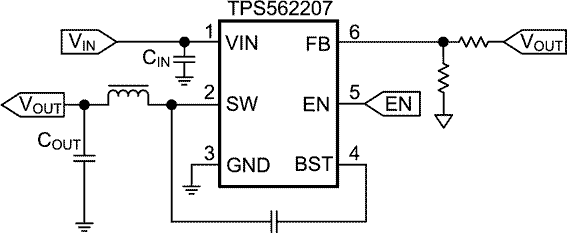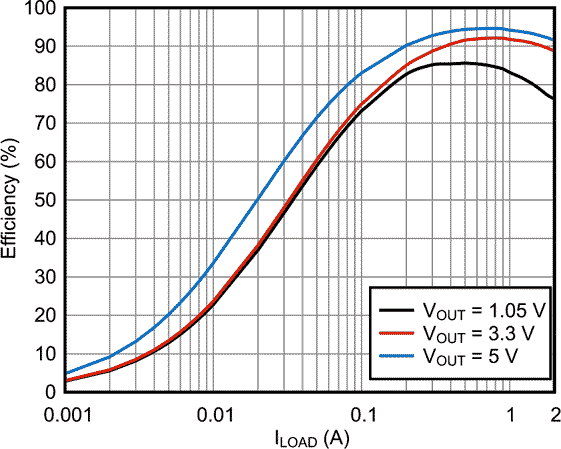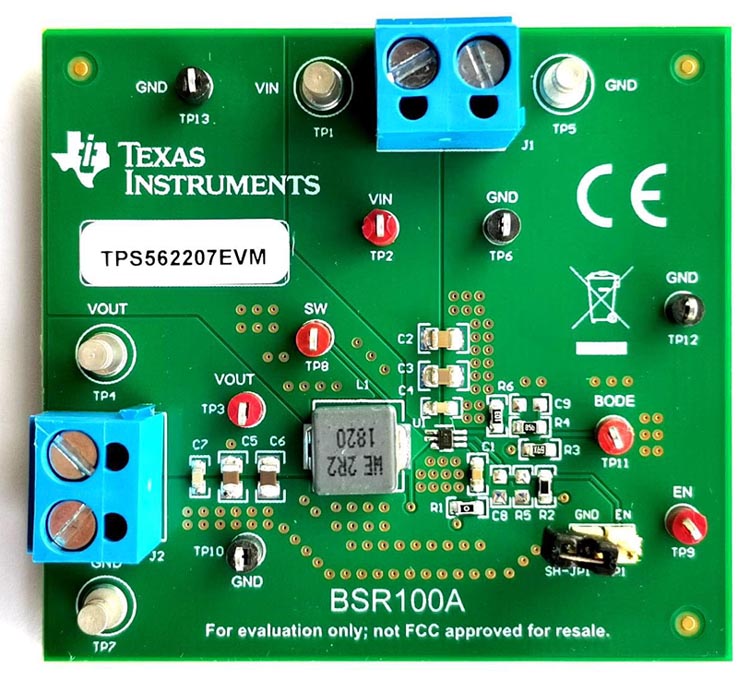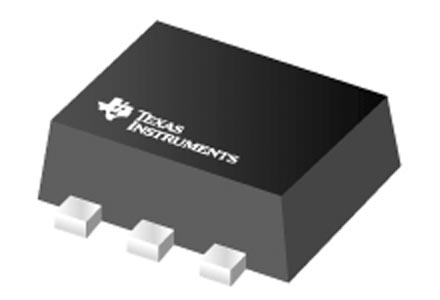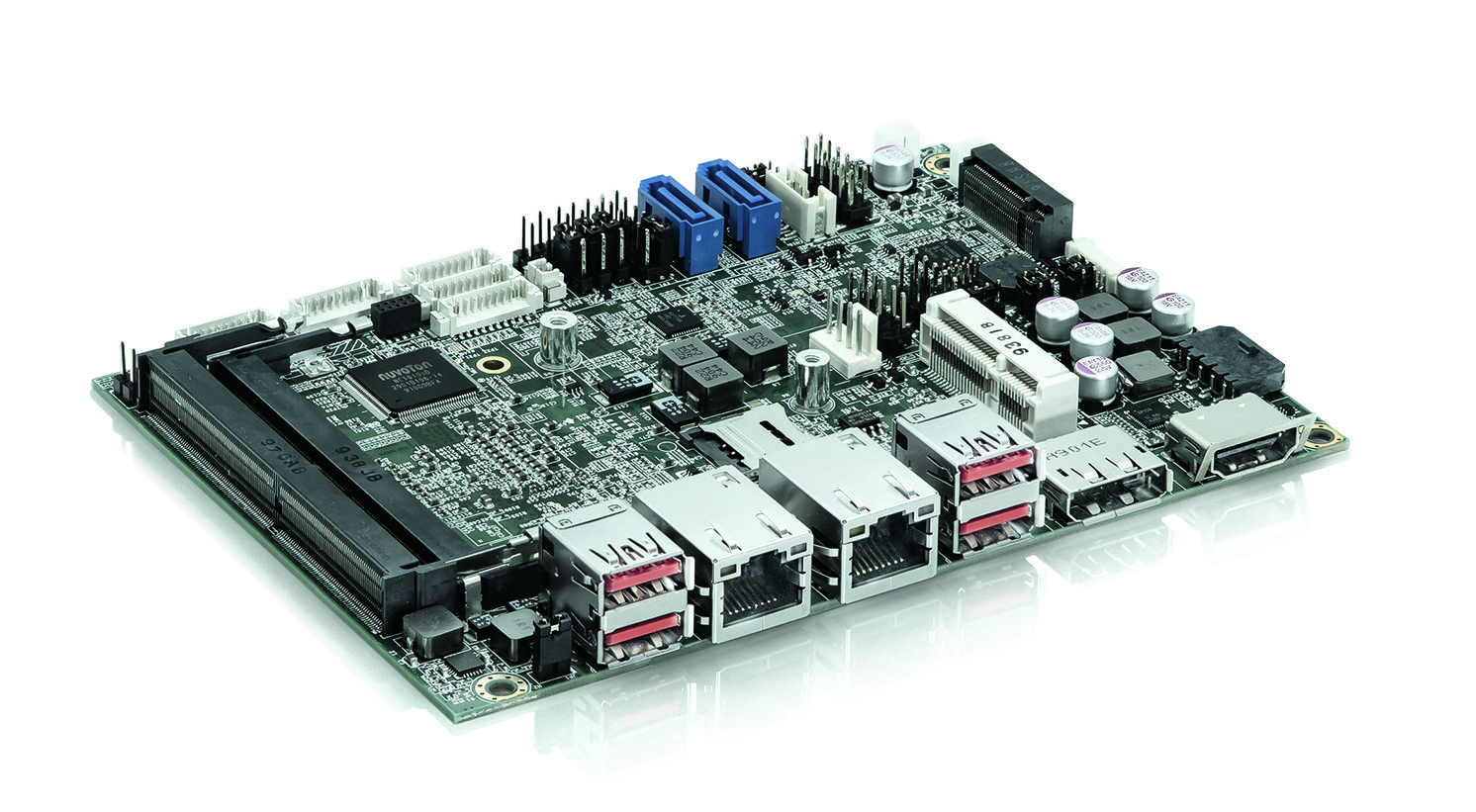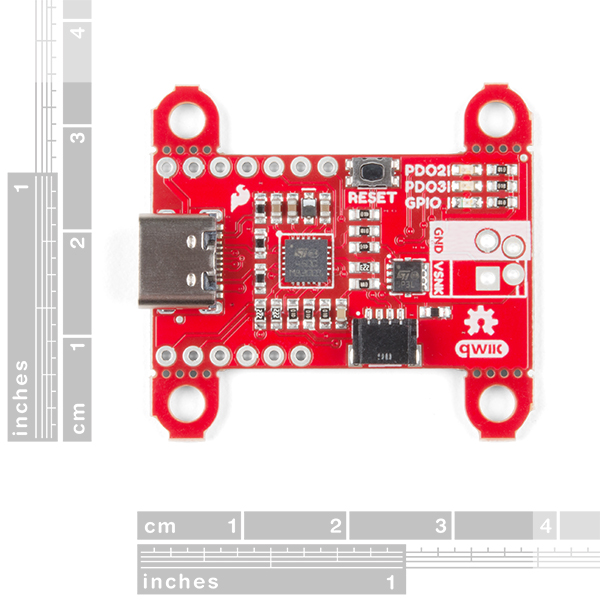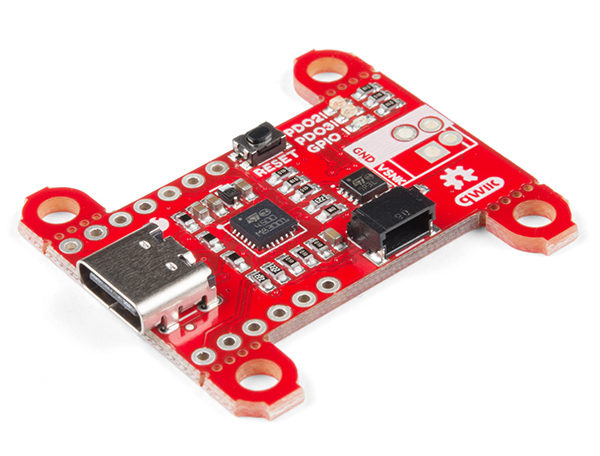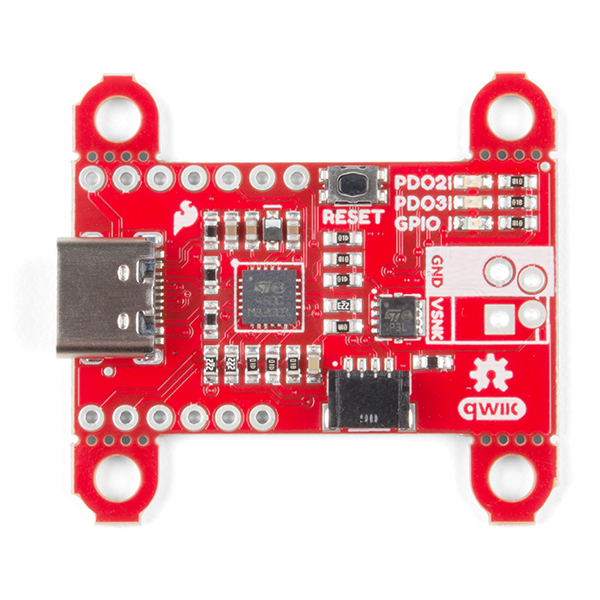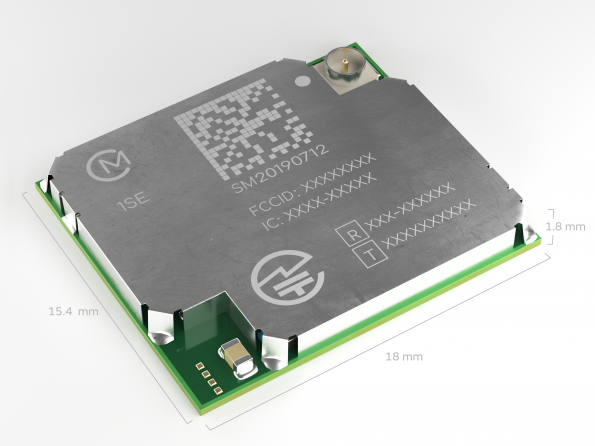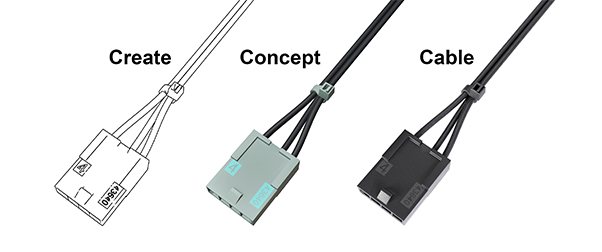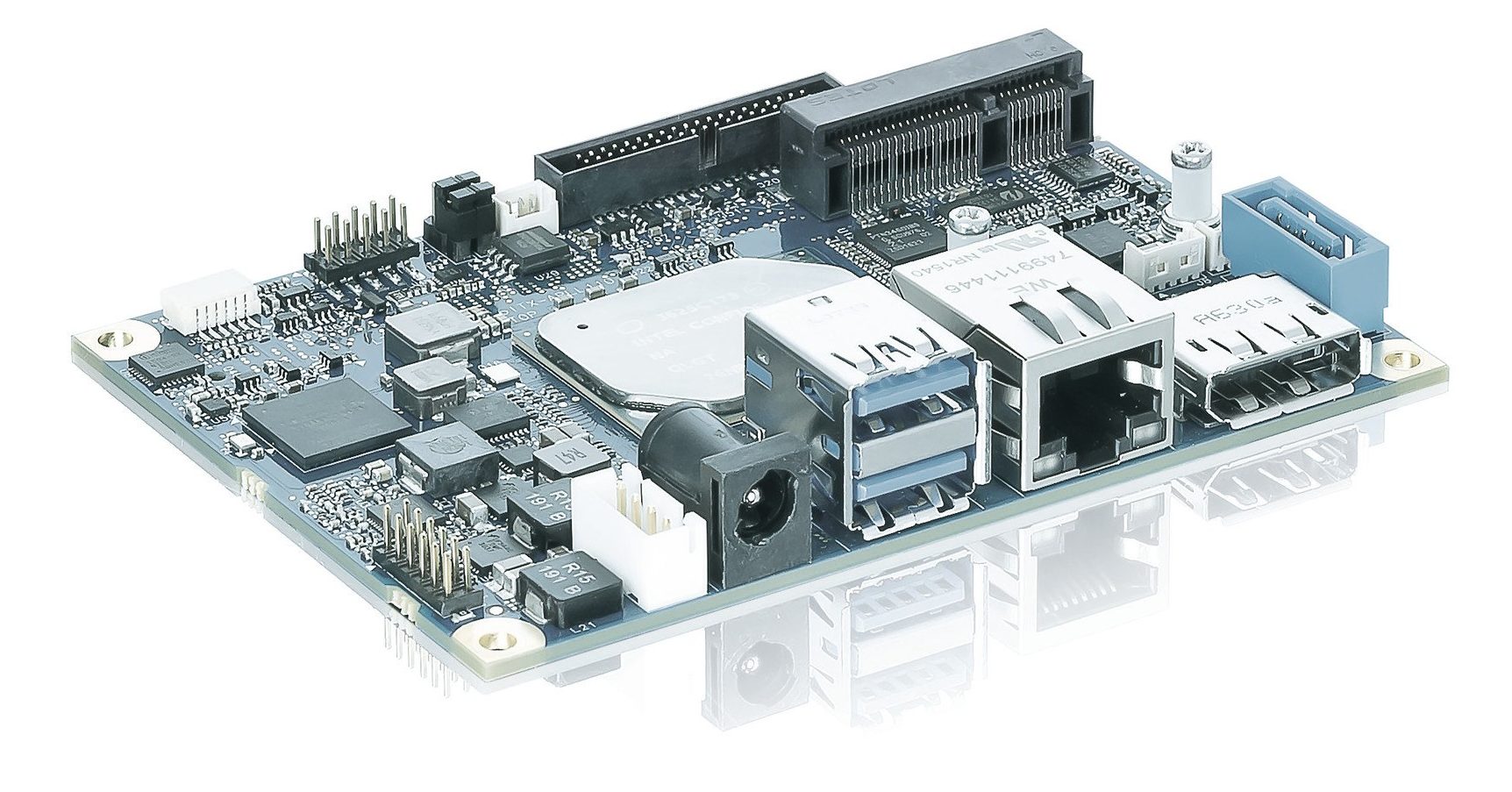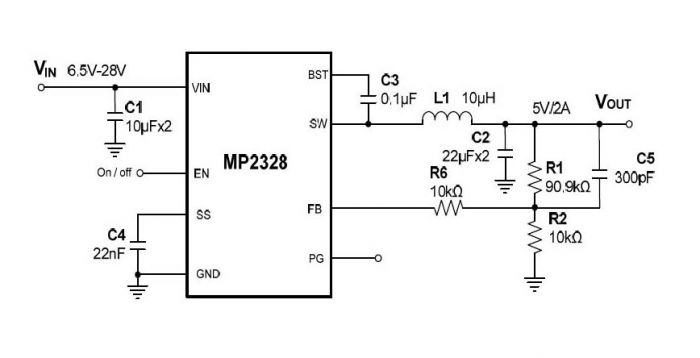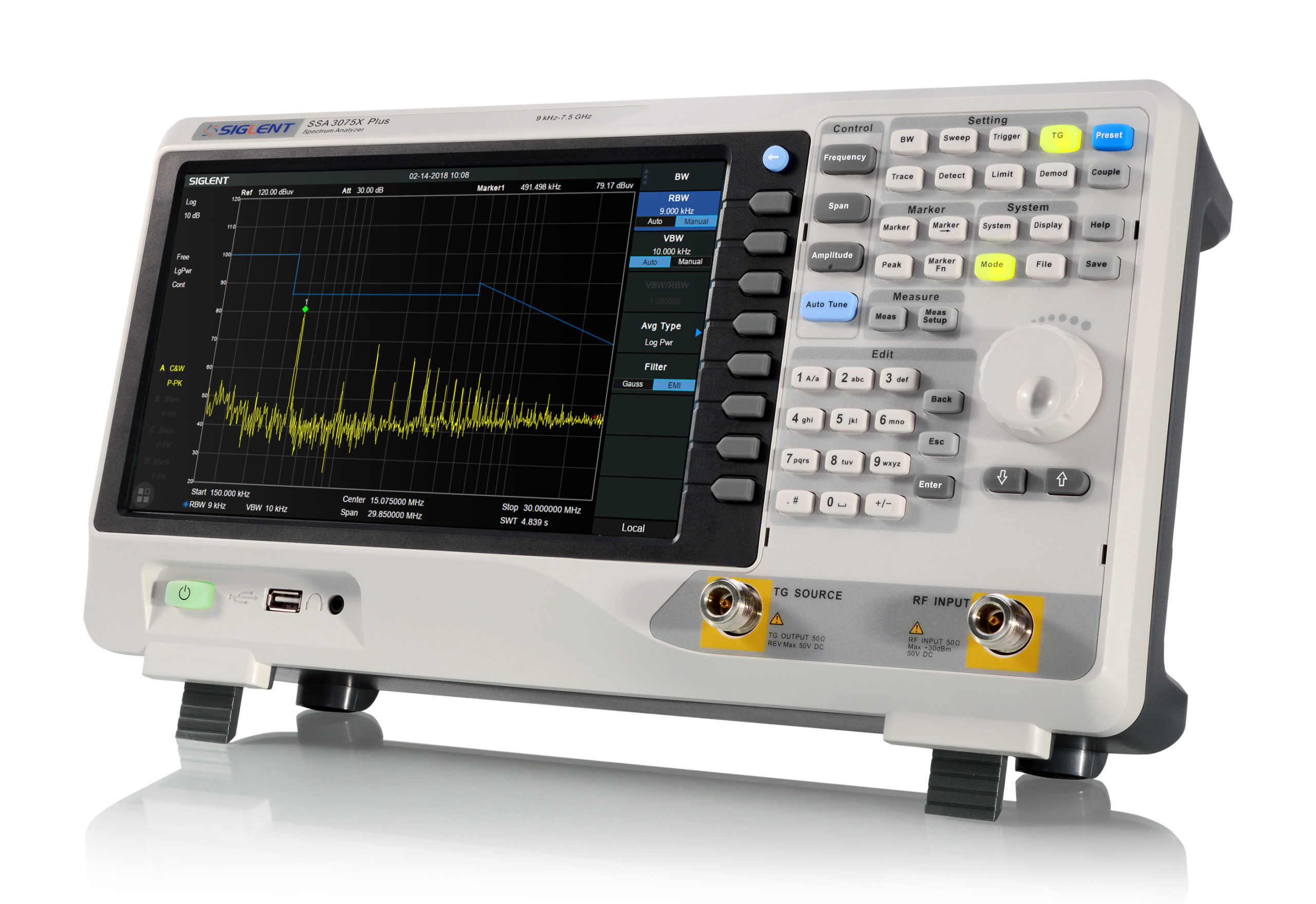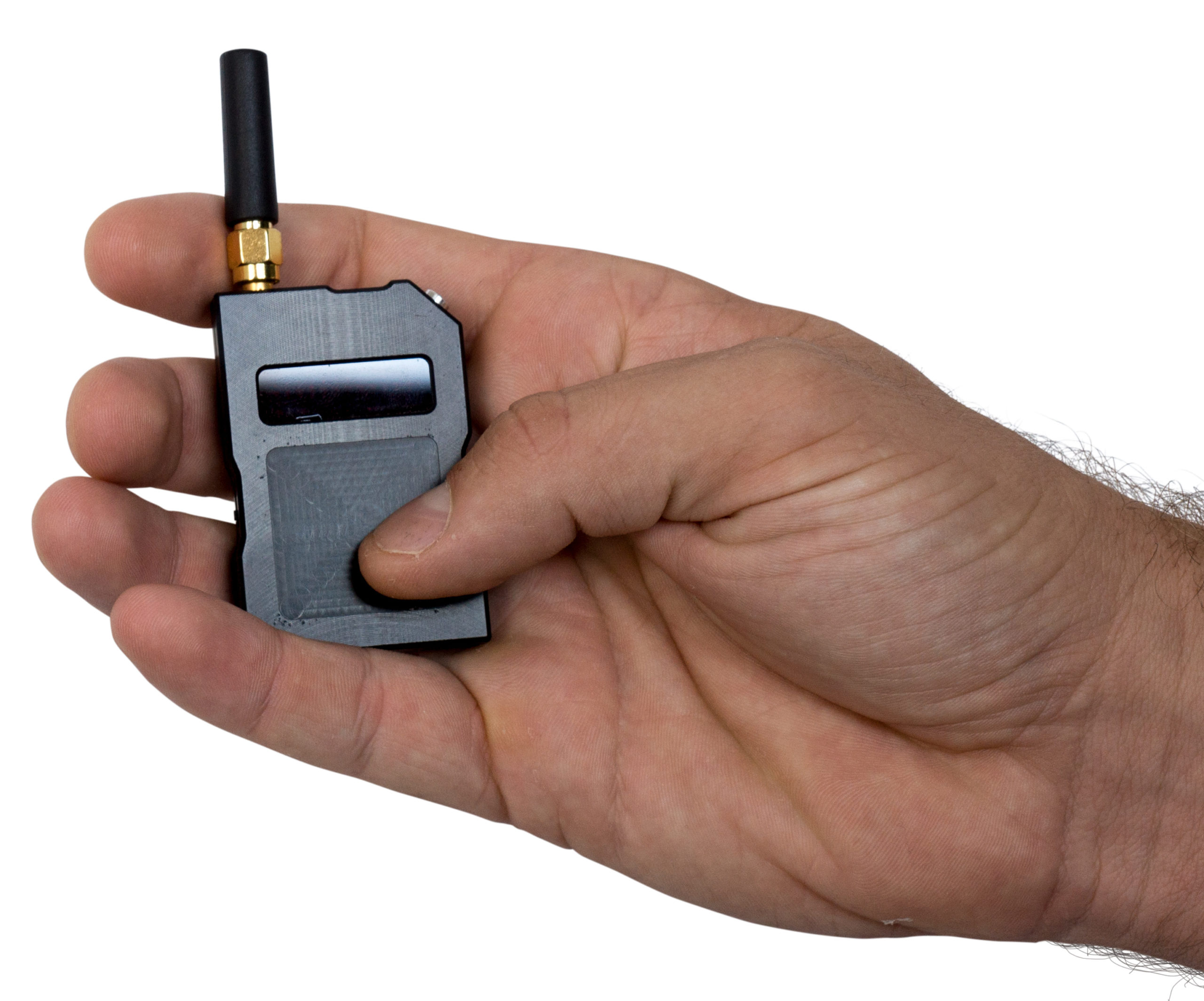
Counter-espionage device can be used to check for the latest technology hidden listening devices, covert cameras, and unauthorized mobile phone usage in location such as sensitive locations, and in vehicles to locate hidden GPS tracking devices.
Saelig Company, Inc. announces the availability of the Aaronia Bug Finder RF Monitoring Device, which helps in the detection of hidden audio and video bugs and transmitters. Covering a frequency range of 10MHz – 12GHz, the Bug Finder can tackle the latest innovations in bugging technology that use modulation methods such as FM, NFM, WFM, AM, PCM, PAM, DECT, WLAN, GSM, SS, SSB. Both the 12-point LED display and the Auto-Sense button make settings easy to navigate.
Designed for the ever increasing threat from more sophisticated and higher frequency RF devices, the Bug Finder produces a dynamic acoustic ‘blip’. As the finder gets closer to the RF signal’s source, the frequency of the blip intensifies. When the blip hits a constant note/tone, the blip interval can be reset, enabling the user to refine tracking the source. Included in the kit for focused tracking are two LogPer antennas (900 – 2500MHz and 2000 – 11000MHz) as well as two omnidirectional antennas (20 – 1500MHz and 900 – 12000MHz).
Many other signal detectors depend on a 9V battery as their power supply, limiting the ability to minimize the package size. But the Bug Finder’s metal case houses a 3.7V Lithium polymer battery that not only enables the finder to be considerably smaller and lighter than other alternatives but also allows concealed handheld operation for over 3 hours with a charging time of 1.5 hours.
Features
- Frequency range: 10 MHz – 12,000 MHz
- Input impedance: 50 Ohm
- Display: 12-point LED display
- Sound: Internal speaker or headset (2.5 mm headset jack/ mono)
- Power-supply: Lithium-Polymer battery (3.7 V)
- Operational time: 3h, charging time: 1.5h
- Connector: SMA microwave socket
- Modulation methods: FM, NFM, WFM, AM, PCM, PAM, DECT, WLAN, GSM, SS, SSB
- Settings: Via Auto-Sense button
The Aaronia Bug Finder RF Monitoring Device can be used to check for hidden listening devices, covert cameras, unauthorized mobile phone usage in location such as sensitive meeting rooms and offices, exam halls, hospitals, prisons, and in vehicles to locate hidden GPS tracking devices. Made in Germany by Aaronia AG, Europe’s award-winning, innovative manufacturer of RF site survey tools, handheld spectrum analyzers, antennas and EMC test probes, the Aaronia Bug Finder is available now from Saelig Company, Inc., technical distributor for Aaronia USA.
